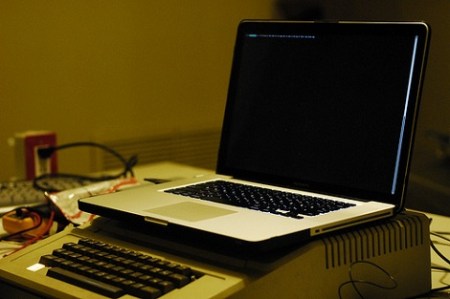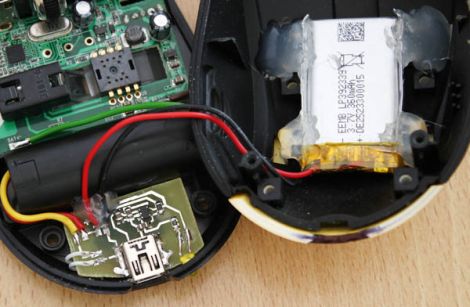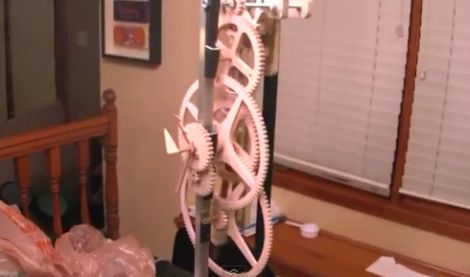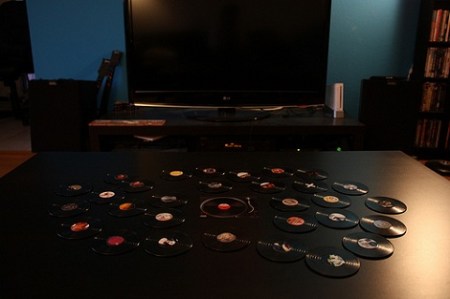
[Nighthawkinlight] has made his own palm cannon to shoot Airsoft pellets. His process, which he guides us through step-by-step in the video after the break, definitely invokes MacGyver buy using commonly available parts in a way they were not intended.
He starts with a barbecue lighter, removing the screws and plastic housing to get at the clear plastic butane reservoir which serves as the body of the cannon. The butane is carefully released from the tank, and the output valve is modified to receive the barrel. In this case the barrel from an old Airsoft gun was used, but a metal pen housing could do the trick as well. The spark igniter from the lighter is also reused, but two bolts have been screwed into the reservoir and are used as probes for the igniter wires. In order to fire this one-shot-wonder, a cotton swab soaked in 90% alcohol is inserted through the bolt on the left side. After inserting an Airsoft pellet the trigger is pulled to ignite the vapors.
Continue reading “Mini-cannon Built From A BBQ Lighter Fires Airsoft Pellets”

















